Each generation is attached to one or more celebrities who take self-promotion to the highest level through publicity and somehow differentiating themselves. My parents had George Hamilton, the eternally tanned “actor” . . . well, we’re still not sure why he was a celebrity although his ads for Kentucky Fried Chicken were hilarious. My generation had Paris Hilton who was just as tan as George and . . . well, we’re still trying to figure out why she was a celebrity. Our children’s generation has been blessed with Miley Cyrus, Lindsay Lohan, the Kardashians, and Britney Spears, just to name a few. Watch “Extra Crispy” George Hamilton here.


My grandparents would have undoubtedly been well aware of a young lady who never had today’s media resources for self-promotion (e.g., social media, podcasts, television, and tattoo sleeves). In those days, it was accomplished through publicity agents and gossip columnists such as Walter Winchell, Hedda Hopper, and Louella Parsons via newspapers and radio. The subject of our blog today lived in France and had a very unique personal method for turning herself into a rich international celebrity.
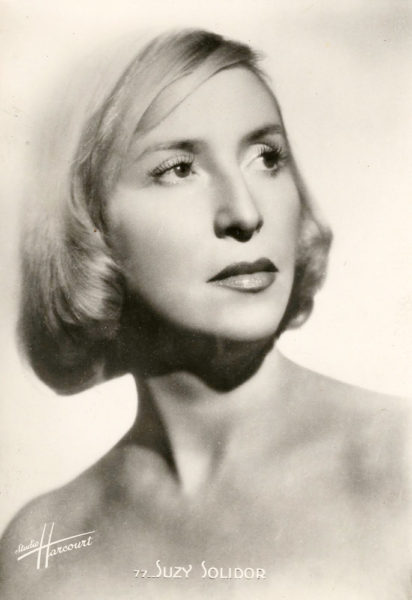
She was a beautiful woman. Her face and figure represent what we consider today to be the iconic image of the 1920s jazz age flapper: thin, broad shoulders, short blonde bob, and dressed in long flowing tight gowns. A well-known singer, actress, and cabaret star, Suzy Solidor’s self-promotion was her face and body captured in paintings and photographs by more than 225 artists. I don’t even think the Sun God, King Louis XIV, had that many portraits commissioned of himself during his seventy-two-year reign.
For more than thirty years, Suzy was the most popular model for artists and in fact, she became the most painted lady of her generation. I suppose her portraits were the forerunners to the “selfies” which Miley Cyrus and others like to post to social media. The difference is, Suzy’s “selfies” hang on the walls of museums and private collectors’ homes.
Did You Know?
Did you know that over the years, the British Broadcasting Corporation (BBC) has banned some pretty innocuous songs? Considering the recent uproar in the United States over the ban by selective radio stations of the 1949 Academy Award-winning song, Baby, It’s Cold Outside, I thought you might like to see this list, albeit certainly not all-inclusive.
Ding Dong the Witch is Dead (1939) Sung by the Wizard of Oz film cast
Why banned? The song disrespected the deceased (and the BBC wasn’t referring to the Wicked Witch of the West). Actually, a band called Hefner released “The Day That Thatcher Dies” and used the Oz song at the end. It was a dig towards the former British Prime Minister, Margaret Thatcher, who had just passed away (2013). And I thought it was all about one of my high school teachers.
Deep in the Heart of Texas (1941) Sung by Bing Crosby
Why banned? The song was “too jaunty.” It was feared that factory workers would stop working in order to clap their hands. As I’ve always said, “I don’t make this stuff up.”
Monster Mash (1962) Sung by Bobby Pickett & The Crypt-Kickers
Why banned? The song was too morbid. Really?
Leader of the Pack (1964) Sung by The Shangri-Las
Why banned? It talked about teenage death. I guess Ozzie Osbourne hadn’t hit the charts yet.
Lola (1970) Sung by The Kinks
Why banned? The BBC didn’t like the song advertising Coca-Cola. So, Ray Davies changed the lyrics to “Cherry cola.” At least Jim Morrison never gave in to Ed Sullivan on changing the lyrics to the song, “Light My Fire” before singing it on the Ed Sullivan Show ⏤ The Doors were permanently banned from the show.
Let’s Meet Suzy Solidor
Suzy Solidor (1900-1983) was born in Brittany, France to an unwed mother and her employer. When her mother married another man, Eugène Rocher, Suzy took his last name. At the age of sixteen, Suzy obtained her drivers license and the next year, drove an ambulance on the front lines during World War I. After the war, Suzy moved to Paris and in the late 1920s, she changed her last name to Solidor, the name of a district where she had once lived.
Suzy’s move to Paris coincided with the interwar period (the time between the two world wars) which brought the world the jazz age, the art deco period for painting and architecture, the stock market crash, and in the 1930s, the emergence of Hitler and the Nazi party. It was also the heyday of Paris entertainment venues: cabarets, burlesque houses, brothels, nightclubs (gay and straight), bars, and restaurants. Suzy began her career as a singer of erotic sea shanties ⏤ this began a lifelong fascination with sailors and the sea ⏤ her nickname would soon become “The Admiral.” Shortly after moving to Paris, Yvonne de Bremond d’Ars, a wealthy lesbian antiques dealer began to “groom” Suzy and the two stayed together for eleven years, separating in 1931. From the beginning, Suzy never hid the fact that she was bi-sexual with a definite preference towards women. Next door to Yvonne’s antique shop was a fashion designer whose new “eccentric” bathing suits were popular with wealthy clients. Suzy and Yvonne were soon frolicking on the beach at Deauville where Yvonne owned a modest manor. Although Suzy never formally modeled (other than for her portraits), she began to parade around the Deauville beach while wearing the avant-garde swimsuits with fishnets designed by Yvonne’s Paris fashion design neighbor. Listen to Suzy here.
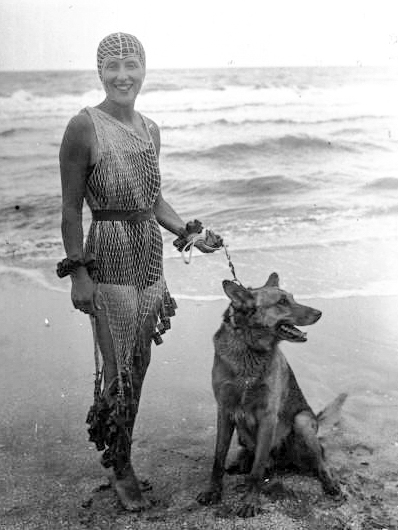
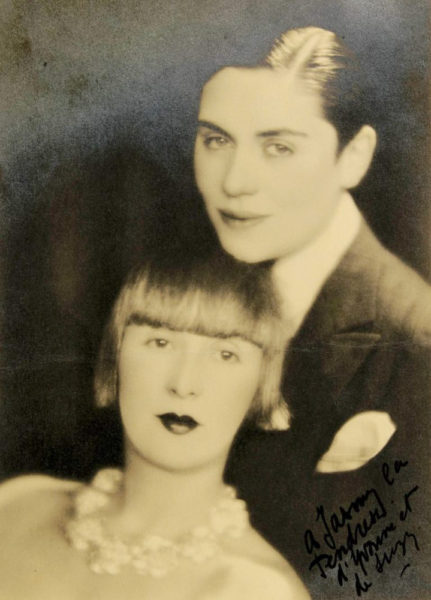
Nightclub and the Occupation
In 1932, Suzy opened her first nightclub, “La Vie Parisienne” with the support of Jean Cocteau (do not confuse the name of the club with the Paris periodical of the same name). It was located at 12, rue Sainte-Anne (1e) in an area that was notorious during the 20th-century for its gay population and male prostitution. The club was very popular, fashionable, expensive, and welcomed same-sex encounters especially, lesbians. (read the blog A Pre-War Lesbian Paris Nightclub here) All of the Paris “who’s who” could be seen in Suzy’s club including fashion photographers and painters. By this time, Suzy had become famous for being a “celebrity” and was a frequent topic of the Paris gossip columns. Her evening attire was always a slinky but elegant long dress of shiny black satin. Coupled with Suzy’s celebrity status and the fact the club was so exclusive, it became one of the top clubs for Nazi officers to attend each evening during the German occupation.
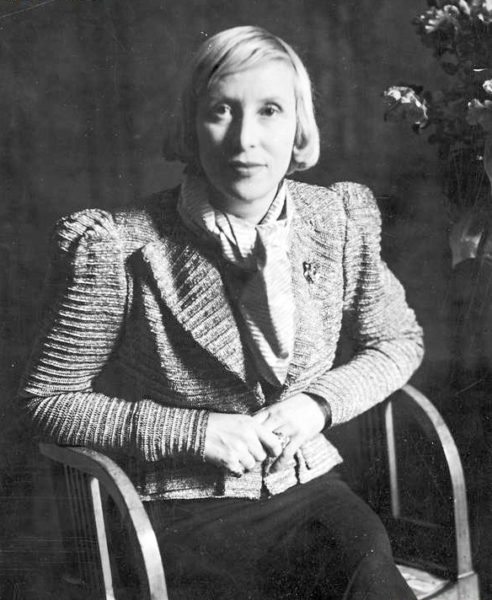
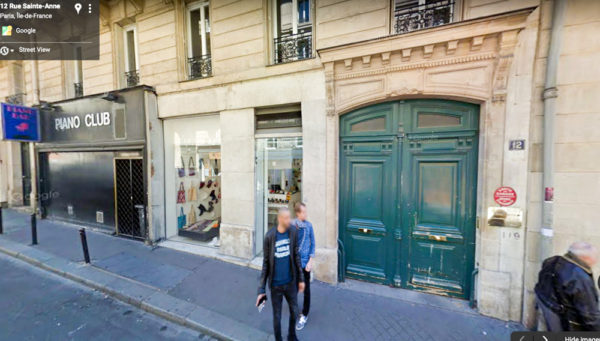
It was during the occupation that Suzy introduced her version of the popular song, “Lili Marlène,” which was a favorite of her German clientele. Listen to Suzy sing “Mon Secret” here and “Lili Marleen” here.
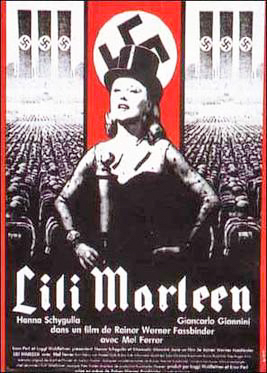
She became a regular performer on Radio-Paris, the Nazi controlled radio station in Paris which was used by the Germans for propaganda purposes. Suzy wasn’t the only recording artist to work for the Germans at the radio station ⏤ Maurice Chevalier was another notable recording celebrity. The artists who performed were paid quite handsomely by their German employers.
During the occupation, Suzy operated by the “Solidorian Principles.” She said, “If you wanted to keep working, you had to have your license approved by the Nazi occupiers and sign a document confirming you were a member of the Aryan race. If you think your life is in danger and your living is in balance ⏤ you do what you have to do.” Suzy Solidor signed the document. While there is some speculation that Suzy helped Jews get out of France as well as providing information to the Resistance, she was arrested after the liberation of Paris on 25 August 1944. Suzy was convicted for collaborating with the Nazis and had to leave France. She set sail for America but not before selling the cabaret in 1946 to the singer Colette Mars. Like Coco Chanel, Suzy Solidor would return after serving her self-imposed sentence: exile to a foreign land (read the blog Coco Chanel: Nazi Collaborator or Spy? click here).
Back in Paris
By 1954, Suzy had returned to Paris and bought an existing nightclub located at 4, rue Balzac (8e). She promptly renamed the cabaret “Chez Suzy Solidor” and invited international stars such as Edith Piaf and Marlene Dietrich to sing at the club. By now, Suzy was on the backside of her career and popularity. Six years later, she shut down the club and Suzy “retired.” However, her immense collection of “Solidor” portraits now exceeded two hundred and fifty paintings and she wasn’t finished collecting. Nor was she finished performing.
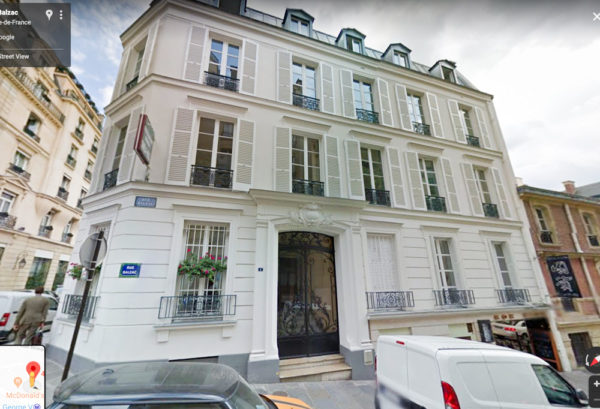
The Painted Lady
It didn’t take long for Suzy Solidor to become known as “the most painted woman” in the world (like everything else, she made sure that label stuck). Artists fought for the opportunity to sketch, photograph, or paint her portrait. They included Pablo Picasso, Jean Cocteau, Tamara de Lempicka, Man Ray, Francis Bacon, and Francis Picabia to name just a few. The only condition Suzy imposed was that after the piece was finished, she would own it (after all, she commissioned each piece). Suzy’s three clubs always had her paintings hanging in the background when she performed.
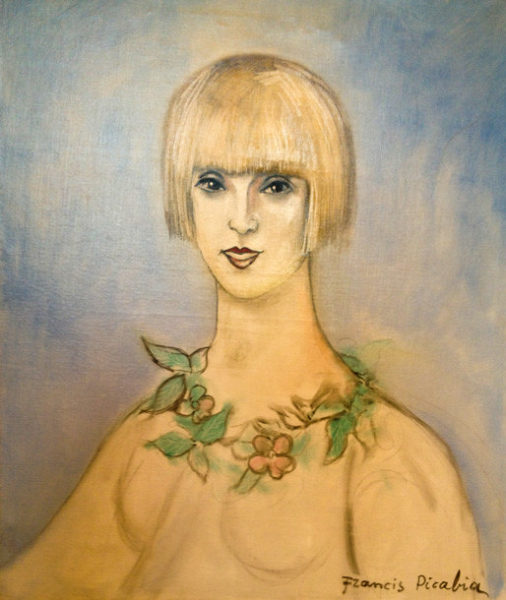
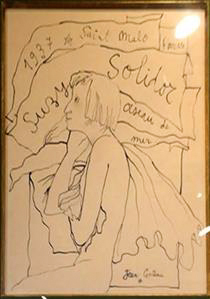
The first portraits of Suzy were commissioned by Yvonne. Probably the most famous painting of Suzy was painted by the well-known art deco artist, Tamara de Lempicka. She consented to paint Suzy but only if Suzy posed naked. It was painted in 1933 and the artist followed it with other nude paintings of Suzy. Francis Bacon agreed to paint Suzy in 1957 because he needed her commission to pay off a gambling debt. She should have known what the portrait would look like and predictably, she hated it. Suzy sold the painting in 1970 but the artist purchased it four years later and promptly destroyed it. See more paintings by Tamara de Lempicka here.

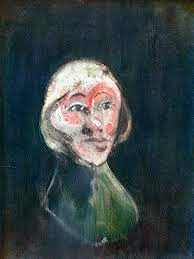
Suzy had her forty favorite paintings, and these would accompany her as part of her stage “props” when she performed abroad. They were eventually donated to a museum while the remaining paintings were auctioned off to private collectors after her death.
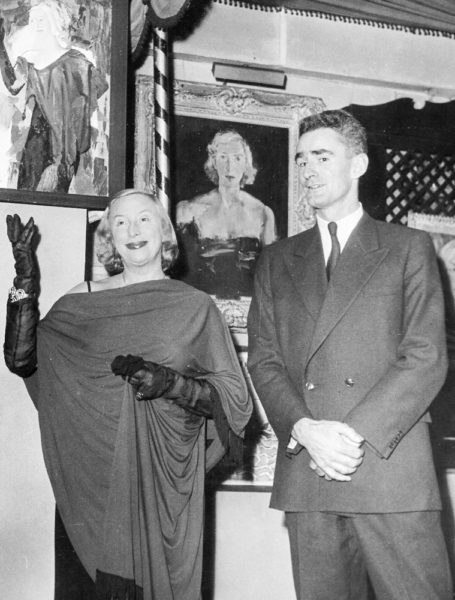
Retirement
In 1960, Suzy decided to leave Paris and retire to the south of France. She settled in Haut-de-Cagnes and bought the largest house on the city square where Suzy started her new cabaret, “Chez Suzy,” in the basement. Accompanying Suzy to the new home (and basement) were her piano player, accordionist, and guitar player. The club was decorated with more than two hundred portraits of Suzy Solidor. The locals began to call it La Révolution solidorienne or, “The Solidorian Revolution.” The center of attention in the city was Suzy and her house ⏤ just as she intended it to be.

Suzy was the headliner at the club during which time, she began to require people address her as “Admiral.” She dressed in men’s clothes including an admiral’s full naval uniform. The basement club was closed down in 1966 when Suzy decided to run an antique shop in town. By 1973, she had entered into an agreement with the town of Cagnes whereby forty of her favorite paintings were gifted to the town to be permanently displayed at le Château-Musée Grimaldi. Link to the museum here.
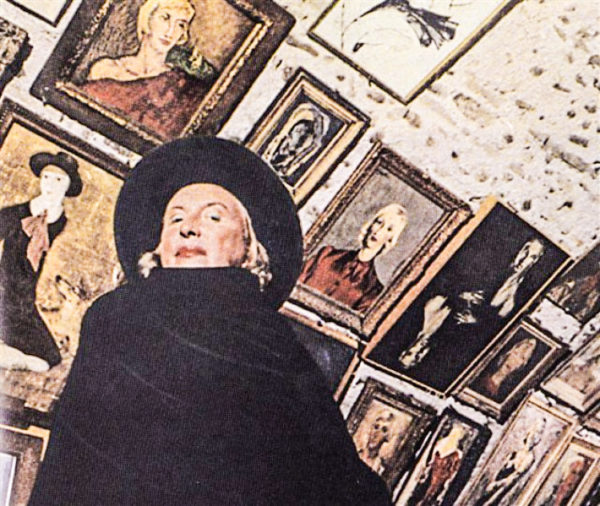
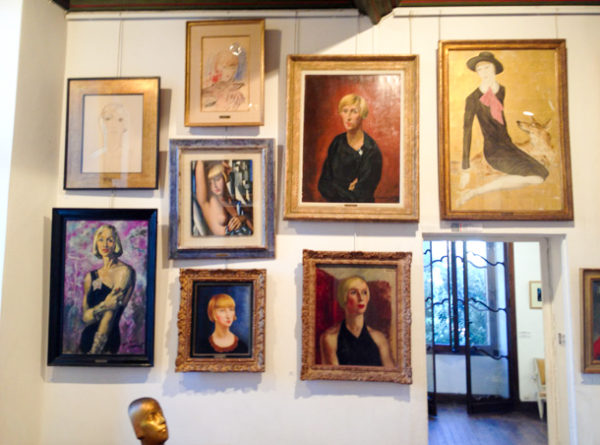
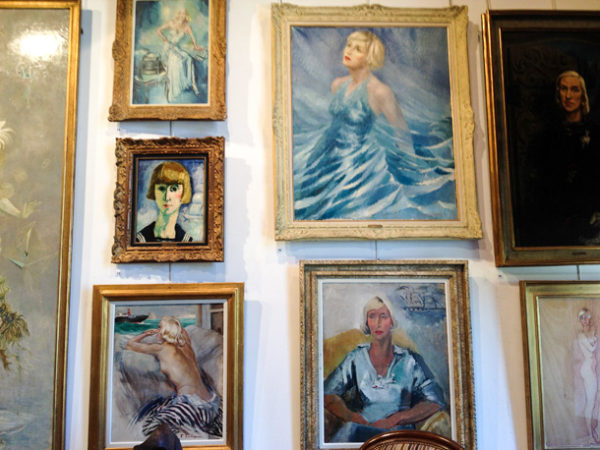
Suzy did not age well from a physical appearance standpoint. She drank heavily and gained quite a bit of weight. Like many older celebrities who build their careers and reputations on their looks, talent, and always being at the center of attention, it must have been hard for Suzy to come to grips with Father Time. One thing that Suzy could control was her entourage ⏤ she was always surrounded by pretty young women. Suzy passed away in 1983 and is buried in Cagnes-sur-Mer. Take a video tour of the portrait room here.
Epilogue
During the 1930s and 1940s, very few people could equal Suzy Solidor’s ability as a master of self-promotion. The only contemporary person I can think of whom Suzy was on par with would be Madonna of the 1980s. Each of these talented women used their respective sexuality as a commodity to further their careers.
You have to ask yourself, “What kind of woman was this, who inspired hundreds of artists to paint her image? She must have been a very powerful lady in her own right.” Suzy was in control of every aspect of her life. I guess the word “conventional” would not be an appropriate adjective to describe Suzy Solidor. But then, can you name a celebrity who is conventional? I suppose that’s one of the reasons why they are a celebrity.
★ Learn More About Suzy Solidor ★
Carbonel, Marie-Hélène. Suzy Solidor: Une vie d’amours. Marseille (France): Autres Temps, 2007.
Latimer, Tirza True. Women Together/Women Apart: Portraits of Lesbian Paris. Piscataway, N.J.: Rutgers University Press, 2005.
Riding, Alan. And the Show Went On: Cultural Life in Nazi-Occupied Paris. New York: Vintage Books, 2010.
What’s New With Sandy and Stew?
We recently finished creating our third new presentation for this season. By the end of the season (1 January through 1 May), we will have done fifteen lectures on six different topics. Our new lectures for 2020 were Jacques the Ripper and Other Paris Evils, Coco Chanel: Nazi Spy or Collaborator? and The Destruction of Paris. One of our more popular lectures in November of last year was Charles de Gaulle’s Legacy and Myths.
We are starting to develop our new lectures for the 2021 season. Several of these that Sandy and I have discussed include Murder in the Hôtel Ritz, The Belle Epoque, and a lecture on the French Resistance escape lines.
If you have a topic which interests you and can be converted into a 90 minute or two-hour lecture, I’d love to hear from you.
Thank you to all of you who subscribe to our bi-weekly blogs. It seems there isn’t a day that goes by where we don’t increase our readership. Please let your history buff friends and family members know about our blogs.
Someone Is Commenting On Our Blogs
I’d like to thank Roland K. for his kind comments on Ken’s guest blog, Messages in Handlebars (click here to read the blog). Roland is a director/producer who is researching material for his new film script. Perhaps there is a documentary out there in the future about the youngest French resistance member? I’ll keep you informed if Ken and Roland’s discussion lead anywhere.
If there is a topic you’d like to see a blog written about, please don’t hesitate to contact me. I love hearing from you so keep those comments coming.
Why Would You Want To Buy Our “Walks Through History” Books?
Simple.
You like to travel and experience history and historical events. You like to see original buildings that had a significant impact on the people and events of the history you’re engaged with. You want to know the stories behind the brick and mortar in front of you.
The walking tour books are meticulously researched so you can go directly to those sites and learn about the building’s history as well as an introduction to some of the more interesting people associated with it.
We Need Your Help
Please tell your friends about our blog site and encourage them to visit and subscribe. Sandy and I are trying to increase our audience and we need your help through your friends and social media followers.
Thank You
Sandy and I appreciate you visiting with us. We have some exciting things on the horizon and we’ll keep you updated as we go along.
Share This:
Follow Stew:
Find Stew’s books on Amazon and iBooks.
Please note that we do not and will not take compensation from individuals or companies mentioned or promoted in the blogs.
 Walks Through History
Walks Through History
Copyright ©2020 Stew Ross

